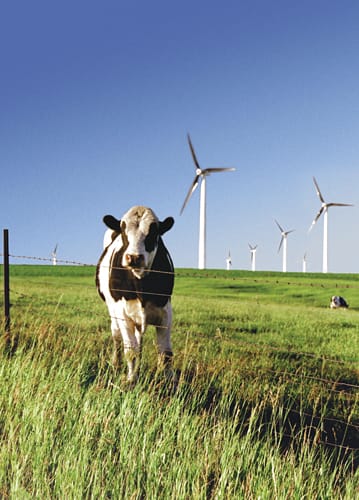Energy Activist Online
From the Executive Director: Coalition and labor unions have long history
Coalition and labor unions have long history from Executive Director Sara Patton %CODE1% Of the 38 members of the Coalition listed on the inside cover of the 1982 Model Plan, five were labor unions: Communications Workers of America #9103 (Wash.), International Longshoremen’s and Warehousemen’s Union #21 (Wash.), Service Employees International Union (NW States Council), and…
DVR, cable and satellite boxes waste $2 billion of electricity every year
DVR, cable and satellite boxes waste $2 billion of electricity every year DVRs lead energy vampire pack, consuming more energy annually than typical new flat screen From Coalition member organization National Resource Defense Council Digital video recorders (DVRs), cable and other pay-TV boxes cost American consumers $3 billion a year — $1 billion to operate…
Gone but not forgotten dept. – Efficiency Works! rides off into the sunset
In late 2008, the NW Energy Coalition initiated the Efficiency Works! project to accelerate Northwest businesses’ energy efficiency investments. The project’s two-year run has ended. But the archives of the Efficiency Works! website are collected here.
New federal salmon bill introduced
New federal salmon bill introduced Taxpayer groups, fishermen, businesses, clean energy advocates and conservation organizations applaud bi-partisan legislation WASHINGTON— Rep. Jim McDermott (D-WA) and Rep. Tom Petri (R-WI), joined by 10 additional co-sponsors from across the nation, introduced the Salmon Solutions and Planning Act (H.R. 2111) in the House of Representatives on June 3. If…
Coalition welcomes five new member groups
%CODE1% Coalition welcomes five new member groups The NW Energy Coalition family continues to grow! In the past year, the Coalition’s governing board has accepted membership applications from five organizations, listed and briefly described below. These additions bring us to 112 member groups. Our newest members are: %CODE1% _______________ Smart Grid Oregon www.smartgridoregon.org Smart Grid…
The Energy Activist – Fall 2010
Laying it on the lines: Reducing clean energy’s environmental footprint
Cover Story: Laying it on the Lines
Large “central-station” renewable energy projects probably will be needed to replace coal plants and meet climate-protection goals. But some of the best potential sites for wind, solar and other renewable projects are far from the urban centers that need most of the power. Often, these remote sites have little or no access to existing transmission lines…
Member Updates Fall 2010
3TIER has been ranked among the fastest growing companies.
Idaho: Biomass and wind projects move forward
The Idaho Public Utilities Commision has greenlit a biomass project that will take sawmill waste and is currently looking at a proposal for an 80MW wind farm.
Oregon: Coalition member groups work to close Boardman coal plant
Across the Northwest, plans are afoot to close down coal plants and transition workers and the energy economy towards a greener future. In Oregon, negotiations continue on the shutdown of the Boardman plant.






